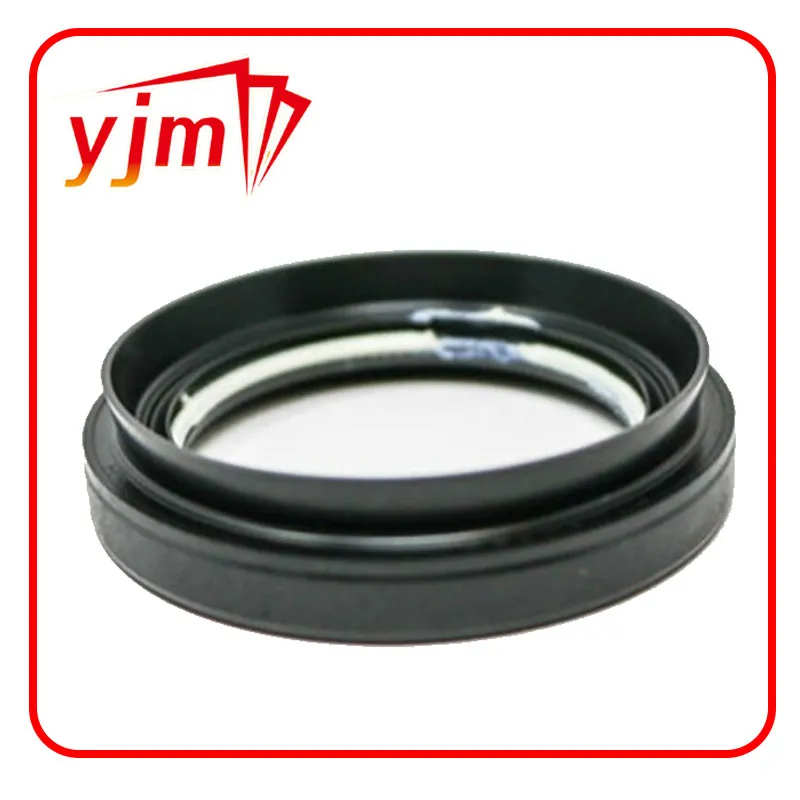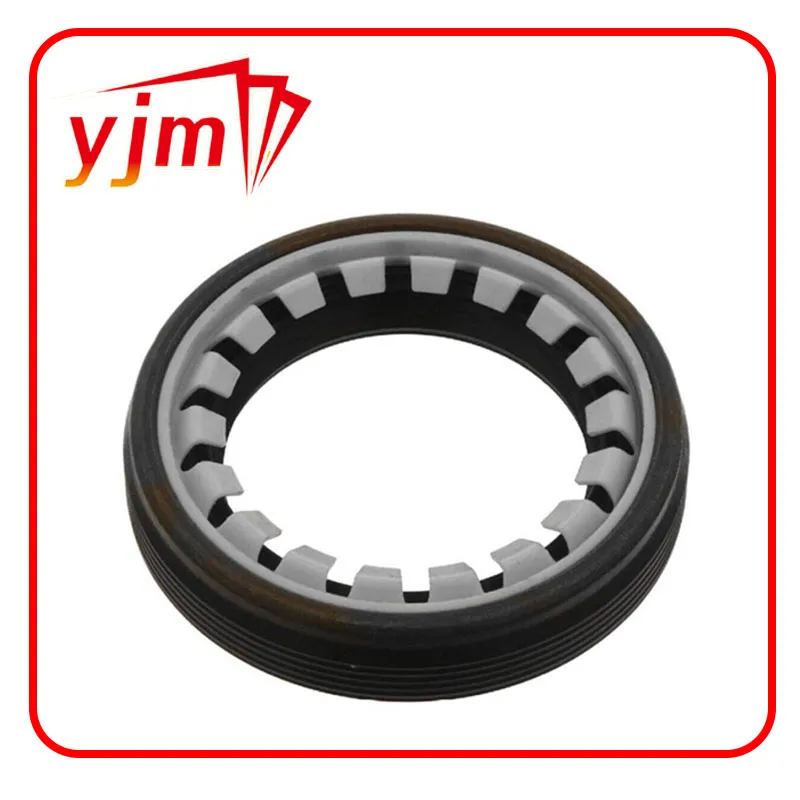KFC WASHERS


Authoritativeness in the domain of flat ring type gaskets is not just about understanding current technologies but also about being at the forefront of innovative developments. Over the years, I have collaborated with teams involved in the research and development of novel gasket materials that promise longer life spans and enhanced sealing capabilities. These innovations are crucial as industries strive for more cost-effective and sustainable solutions. Beyond the technical aspects, building trustworthiness in the selection and use of flat ring type gaskets also involves rigorous testing and validation processes. In my practice, I emphasize the importance of third-party certifications and compliance with international standards such as ASME B16.21 or EN 1514-1. These standards are pivotal in ensuring the gaskets' reliability under specified service conditions. Moreover, sharing real-life success stories and case studies can significantly enhance the perceived trustworthiness of a product. For example, a petrochemical plant that switched to high-performance graphite-based flat ring type gaskets reported a 30% reduction in maintenance downtime, showcasing tangible benefits and reinforcing confidence in the gasket's performance. In conclusion, the world of flat ring type gaskets is a domain where engineering excellence meets practical application. Selecting the right gasket means ensuring seamless operations, enhancing safety, and achieving substantial cost savings. Whether you're an engineer, procurement specialist, or maintenance professional, understanding the nuances of flat ring type gaskets empowers you to make informed decisions that align with both operational and strategic goals.
-
Understanding the Front Main Engine Seal: Purpose, Maintenance, and Installation
News Jul.29,2025
-
Understanding O-Rings and Seal Rings: Types, Applications, and Custom Solutions
News Jul.29,2025
-
Understanding Crankshaft Oil Seals: Rear Seals, Pulley Seals, and Their Role in Engine Integrity
News Jul.29,2025
-
The Importance of Front and Rear Crankshaft Seals in Engine Performance and Oil Management
News Jul.29,2025
-
Crank Oil Seals: Functions, Types, and Cost Considerations in Engine Maintenance
News Jul.29,2025
-
A Comprehensive Guide to O-Rings and Seals: Types, Materials, and Global Applications
News Jul.29,2025
-
Mastering Diesel and Performance Engine Maintenance: A Guide to Critical Oil Gaskets
News Jul.28,2025
Products categories















